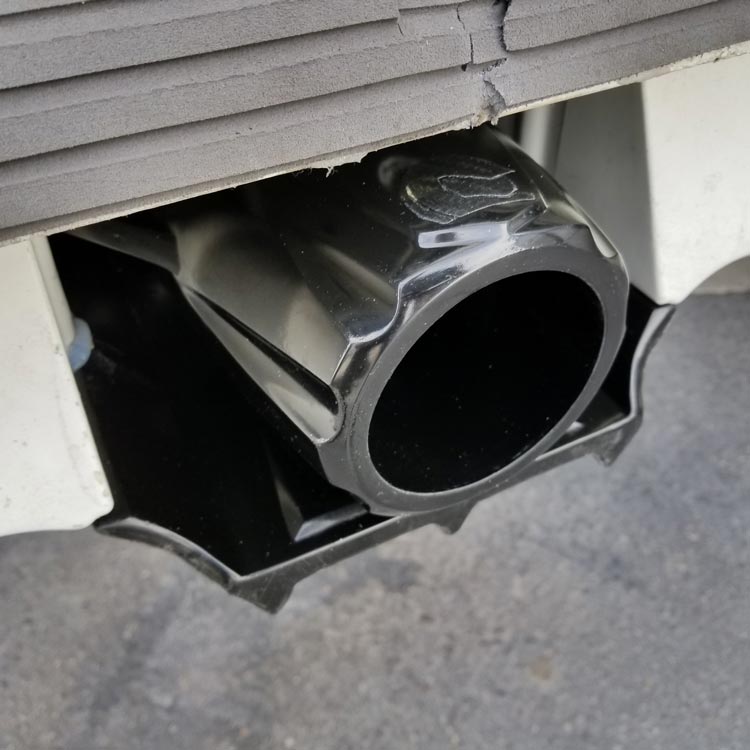Call: 1-800-832-7191
Basics of PWC Steering

It’s different with a PWC!
Understanding the Basics of PWC Steering is vital. Personal Watercrafts (PWCs), like Jet Skis and Sea-Doos, operate differently from traditional boats. Unlike boats that use rudders to steer, PWCs rely entirely on the direction of their jet thrust. This fundamental difference is key to understanding why PWCs need thrust to steer effectively.
PWCs are powered by jet propulsion systems. Water is drawn into the craft through an intake grate, accelerated by an impeller, and expelled through a nozzle at the rear. Steering is achieved by redirecting this high-speed jet of water. When the handlebars are turned, the nozzle pivots, changing the direction of the thrust and thus the direction of the craft.
The Role of Thrust in Steering
Without thrust, there is no water being expelled from the nozzle, and therefore no force to change the direction of the PWC. This means that if the throttle is released, the craft will continue to move in a straight line, even if the handlebars are turned. This is a critical safety consideration, especially for new riders who might instinctively let go of the throttle in an emergency.
PWCs do not have a keel or rudder to help maintain directional control when coasting. Once the thrust stops, the craft loses its ability to steer. The momentum will carry it forward, but without the jet stream, there’s no mechanism to alter its path. This is why maintaining some throttle is essential when trying to avoid obstacles or make sharp turns.
Safety Implications for Riders
Understanding that PWCs need thrust to steer is vital for safe operation. Many accidents occur because riders release the throttle in a panic, losing the ability to maneuver. Training and awareness campaigns often emphasize the importance of keeping some throttle engaged during emergency maneuvers to retain steering control.
Thrust Equals Control
In a PWC, thrust is not just about speed—it’s about control. The ability to steer is directly tied to the presence of jet thrust. Riders must remember that letting go of the throttle means letting go of their ability to steer. Mastering this concept is essential for both safety and performance on the water. Enjoyed this blog…visit our Boaters Blog for more. Check out the US Power Squadrons Class A PWC inspection.
